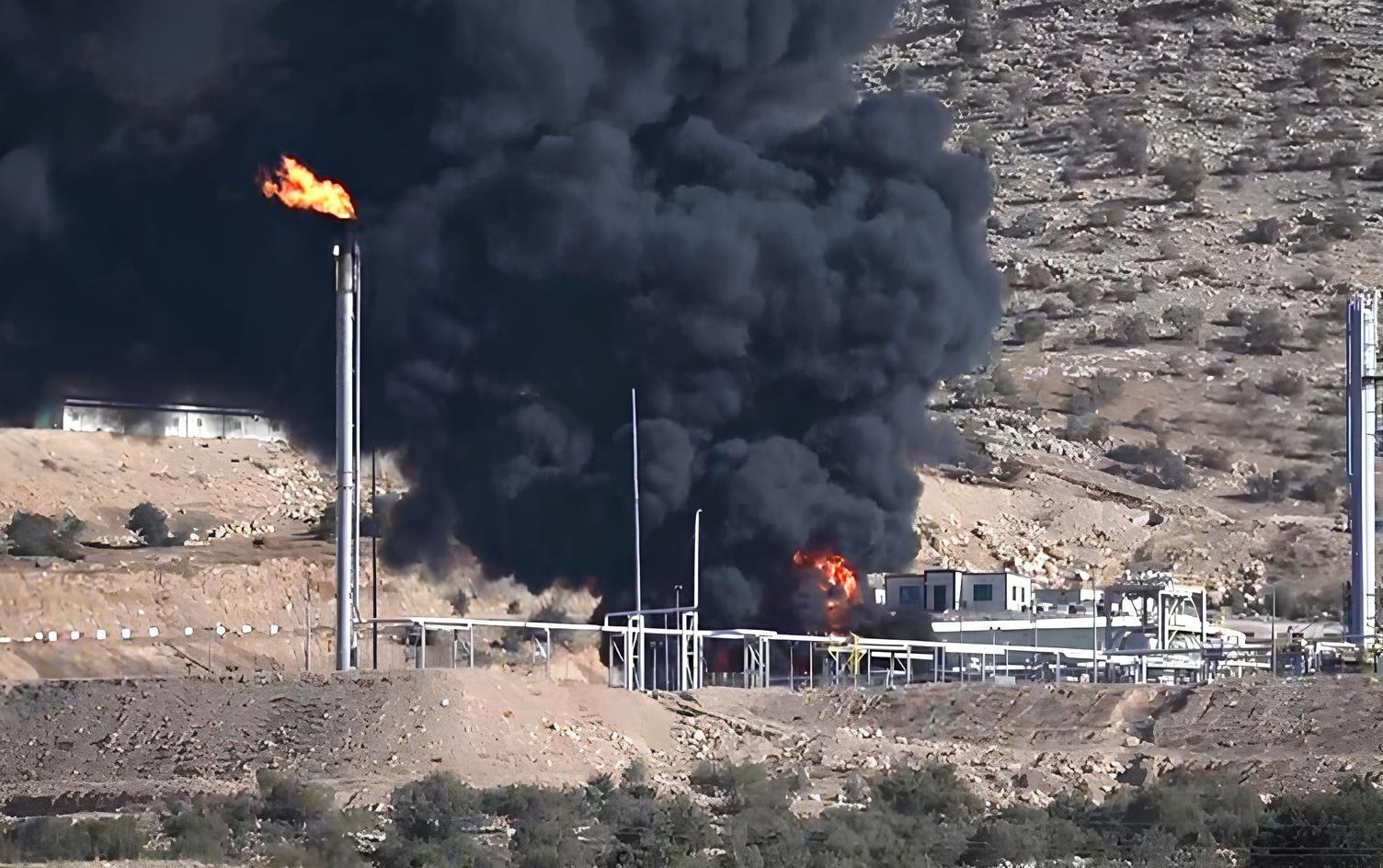How much has the KRG’s oil production been disrupted by the recent drone strikes?

The Iraqi government and the Kurdistan Regional Government (KRG) have signed a new agreement regarding the KRG’s oil and non-oil revenues in exchange for Baghdad sending salaries to KRG public employees, who have now been unpaid for 81 days. Under the agreement, the KRG is obligated to deliver a minimum of 230,000 barrels of oil per day to SOMO at the Ceyhan port in Turkey, reflecting the KRG’s reported current production capacity. An additional 50,000 barrels per day is to be reserved for local consumption.
However, a wave of explosive-laden drone attacks has targeted five key KRG-operated oilfields, significantly impacting production and casting doubt on the KRG’s ability to meet its obligations. Given this disruption, a key question emerges: what is the KRG’s current production capacity, and how extensive is the damage?
Context: The agreement, which has been approved by the Iraqi Council of Ministers, stipulates that Baghdad will only transfer salaries once the KRG begins delivering the agreed-upon 230,000 barrels of oil to the State Oil Marketing Organization (SOMO) at the Ceyhan port in Turkey. Given the KRG’s immediate inability to meet these requirements, the agreement remains in jeopardy, and KRG public employees continue to go unpaid.
Damage Assessment: According to an assessment by a committee of the Iraqi Parliament, the current production level of KRG oil is 81,000 barrels per day. However, to understand the current KRG oil capacity, the five targeted oilfields and their pre-strike production levels must be evaluated: Khurmala, Sarsang, Ain Sifni, Peshkhabur, and Tawke.
Khurmala Oilfield: Khurmala, the Kurdistan Region’s largest oilfield with a current production level of 100,000 barrels per day, was the first to be targeted by twin drones. One drone was intercepted, while the second struck water wells without directly hitting any production facilities. Production at this field can resume immediately, with the potential to scale up to over 100,000 barrels per day.
Located 35 kilometers southwest of Erbil, Khurmala represents a geographical extension of Kirkuk’s oil-rich zone. Since 2007, it has been under KRG control, particularly the Kurdistan Democratic Party (KDP), and is operated by KAR Group, a local company with ties to the Barzani family.
Sarsang Oilfield: The second target was Sarsang oilfield, operated by American company HKN Energy and located in Shamanke sub-district in Duhok province. With a current production capacity of 30,000 barrels per day, this facility was struck by one drone that hit a storage facility without directly impacting the oilfield itself. While the timeframe for repairing storage facilities remains unclear, if pipeline exports resume, this oilfield should be largely operational once security measures are implemented to prevent further attacks. Notably, the attack on Sarsang occurred just hours before HKN Energy was scheduled to sign an agreement with the Iraqi government to develop another oilfield in the disputed territories.
KRG Oilfield Status After Recent Drone Attacks
| Oilfield | Operator | Pre-Strike Prod. (bpd) | Attack Impact & Damage Assessment |
|---|---|---|---|
| Khurmala | KAR Group | 100,000 | Hit: Minimal damage. Drone struck water wells, not production facilities. |
| Tawke & Peshkhabur | DNO | 84,000 | Hit: Production is offline and extent of damage is unknown. |
| Sheikhan | Gulf Keystone | 44,900 | Not targeted. Production halted as a security precaution. |
| Atrush | ShaMaran & HKN Energy | 35,300 | Not targeted. Production halted as a security precaution. |
| Sarsang | HKN Energy | 30,000 | Hit: Minor damage. Drone struck a storage facility. |
| Ain Sifni | Hunt Oil | 0 (Offline since Mar 2023) | Hit: Material damage sustained while already offline. Repair timeline is unclear. |
| Erbil | 9,024 | Not targeted. | |
| Sarqala | 9,000 | Not targeted. | |
| Bijeel-Aki | 4,000 | Not targeted. |
Current Production Capacity Analysis
The primary obstacle to restoring full production is not physical damage but security concerns, which have led to the withdrawal of foreign personnel.
Ain Sifni Oilfield: Located in the Sheikhan district northeast of Mosul, Ain Sifni oilfield is operated by Hunt Oil and has a production capacity of approximately 12,500 barrels per day. However, production in this oilfield has been offline since March 2023. It was targeted twice: the first attack caused no damage, but the second attack, occurring a day later, reportedly caused material damage. The extent of this damage and the timeline for restoring production remain unclear.
Tawke and Peshkhabur Oilfields: Both Tawke and Peshkhabur oilfields, considered part of the same Tawke contract area, were targeted by separate explosive drones, with both strikes causing material damage. While the full extent of damage remains unclear, according to Kurdistan MP Ali Hama Saleh, the damage is not extensive, and production could be restored within two weeks. The combined production capacity of these two oilfields is 82,000 barrels per day.
Beyond the directly targeted facilities, oil production at Sheikhan oilfield, operated by Gulf Keystone Petroleum (GKP), and other oilfields operated by international companies under various contracts have halted as a precautionary security measure.
An estimated 220,000 barrels per day could be brought back online with minimal repair. However, damage to the Tawke, Peshkhabur, and Ain Sifni oilfields—representing a combined current production capacity of about 95,000 barrels per day—means these facilities are unlikely to resume operations immediately, though repairs could potentially be completed in Tawke and Peshkhabur within weeks pending full damage assessments.
The primary obstacle to production restoration is not necessarily physical damage but security concerns, as many foreign personnel from these companies have reportedly ceased operations at these oilfields due to safety considerations. Assuming adequate security guarantees can be provided, production levels could immediately reach 220,000 barrels per day and likely return to the full 280,000-300,000 barrels per day within weeks.









